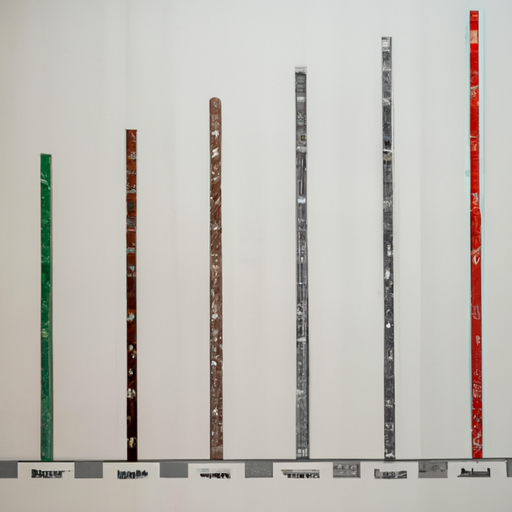Introduction
When you look at a baby, it’s hard to imagine them growing into a fully grown adult. Their tiny fingers and toes, their delicate features – everything about them is small and delicate. But as the years pass, they grow and change, reaching milestones at different stages of their lives. One of the most significant milestones in anyone’s life is when they stop growing.
Understanding Growth
Before diving into the specifics of the age when you stop growing, it’s essential to understand what growth is. Growth refers to an increase in physical size, height, and weight. It’s a process that starts right from the moment of conception and continues throughout life, albeit at different rates.
The Growth Process
Here’s a general outline of the human growth process:
- Infancy: This is the phase of rapid growth. The average baby doubles in size in their first year.
- Childhood: Growth continues but at a slower pace compared to infancy.
- Adolescence: This is another phase of rapid growth, often referred to as a growth spurt.
When Do You Stop Growing?
For most people, growth in terms of height usually stops between the ages of 18 and 25. There are, however, certain factors that can influence when a person stops growing. This can be represented in a tabular manner as follows:
| Factor | Description |
|---|---|
| Genetics | Your genes play a significant role in determining your height and the age when you stop growing. |
| Nutrition | A balanced diet is essential for normal growth and development. Malnutrition can delay growth and the age at which you stop growing. |
| Health | Chronic illnesses or serious health problems can affect growth. |
Other Factors To Consider
While the factors mentioned above are the most common, they’re not the only ones. Hormones, particularly growth hormones, play a significant role in growth. Lack or excess of these hormones can lead to conditions like dwarfism or gigantism. Gender also plays a role. Girls typically stop growing earlier than boys, around the age of 16 or 17, while boys may continue to grow until they’re 18 or 19.
Growth After The Typical Growth Age
Even after the typical growth age, certain parts of the body may continue to grow or change. For instance, the nose and ears may continue to grow, and the body may continue to change shape or size due to weight gain or loss.
How To Support Healthy Growth
As a caregiver, supporting healthy growth in those you care for is crucial. Here are some tips:
- Ensure a balanced diet: A diet rich in all nutrients is essential for growth.
- Encourage regular exercise: Physical activity stimulates growth hormones.
- Regular health check-ups: Regular check-ups can help detect any health issues that may affect growth.
Frequently Asked Questions (FAQs)
Q: Can growth be stimulated after the growth age?
A: No. Once the growth plates in the bones have closed, no amount of diet, exercise, or medication can stimulate further growth in terms of height.
Q: Why do people grow at different rates?
A: People grow at different rates due to a combination of factors including genetics, nutrition, and overall health.
Q: Can a person’s height be predicted?
A: While it’s not an exact science, a person’s adult height can often be estimated based on the heights of their parents.
Q: How can I support the growth of those I care for?
A: Ensuring a balanced diet, encouraging regular exercise, and scheduling regular health check-ups can support healthy growth.
In conclusion, the age you stop growing can vary greatly from person to person. It’s influenced by a multitude of factors, each playing its part in the complex process of human growth. As a caregiver, understanding this process can help you better support the growth and development of those you care for.



